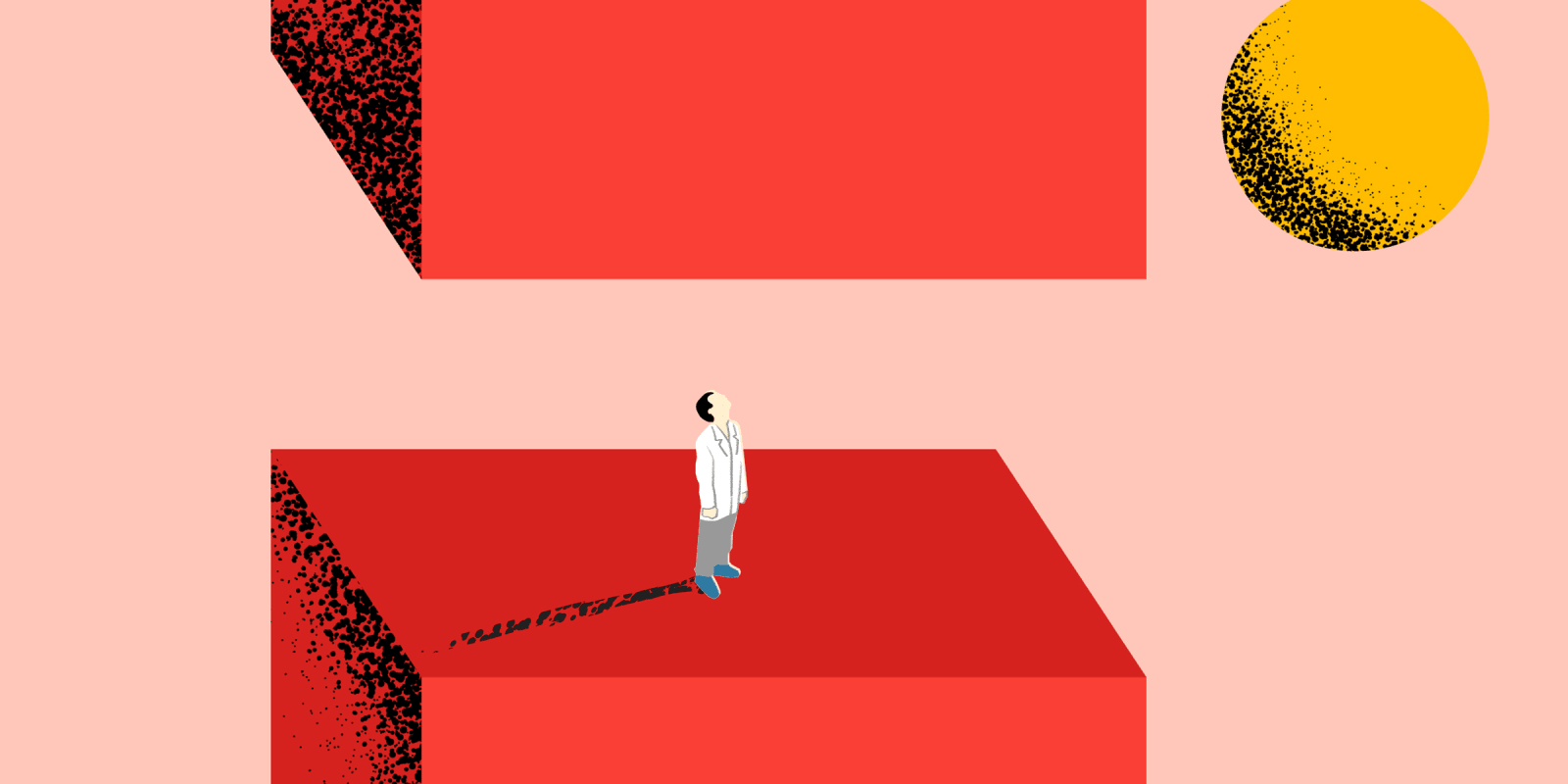Reducing administrative burden may be the most compelling strategy to address physician burnout.
Results from a recent Doximity poll show that 46% of physicians believe decreasing administrative burden would be the most effective intervention in reducing burnout, followed by improving work-life balance (27%), and reducing clinical caseload (21%). A mere 6% prioritize other approaches such as raising salaries and having greater autonomy and respect. The poll included the responses of nearly 2,000 physicians, 275 PAs, and 271 NPs/CRNAs.
Burnout in medicine is a complex issue that has hounded the medical community for decades, further amplified by the COVID-19 pandemic. Caused by excessive and prolonged stress, the syndrome refers to a state of emotional, mental, and physical exhaustion that leads to adverse consequences.
Physicians and wellness researchers have described elements of burnout as moral injury, which in the context of health care refers to being unable to deliver high-quality care and healing. This understanding of burnout is attributed to a broken health care system and involves an array of contributing factors such as escalating workloads, misalignment of values, and reduced control and flexibility.
Disproportionate Burden
Yet among the myriad drivers of burnout, physicians have underscored the immense role of administrative burden on a systems level.
“Burnout manifests in individuals, but it’s fundamentally rooted in systems,” U.S. Surgeon General Dr. Vivek Murthy wrote in a NEJM perspective. “And health worker burnout was a crisis long before COVID-19 arrived.”
Emphasis on administrative burden appears to be particular to physicians. NPs and CRNAs, who typically spend more of their work day with patients, believe lowering clinical caseload would help reduce burnout the most. In contrast, PAs and pharmacists prioritize work-life balance.
Though the poll’s list of strategies to reduce burnout is not exhaustive, with some overlap across categories, the results reconfirm the disproportionate burden of administrative work on physicians.
Administrative burden is an extensive category that encompasses bureaucratic tasks centered on work efficiency such as EHR and appointment and ordering systems. It also involves lack of physician control and flexibility, including rigid application practice guidelines and affiliations that restrict referrals.
Work-life balance, the second most commonly selected issue for physicians, broadly describes an equilibrium between the demands of work and one’s personal life. Specifically within medicine, balance refers to logistics such as vacation and sick leave policies, call schedule, and part-time work opportunities, among others. Clinical volume or caseload, the third most commonly selected issue, generally refers to the number of patient cases and relevant productivity expectations.
Breaking out the results by physician age, practice location, and gender highlights additional trends.
Differences by Age
Classifying the results by age shows that physicians in the earliest and latest stages of their career place a greater emphasis on administrative burden. The development and use of EHR systems could be one of the drivers of this pattern. Early-stage physicians, particularly those under 30, may feel the strain of EHR training, whereas mid-career physicians are more accustomed to daily use.
On the other end, most physicians in their 60s and especially 70s switched over to EHR use after years of relying on different methods for documentation. Though concerted efforts to boost early adoption of EHR began in the 1980s, widespread integration did not occur until the 2000s.
Research has identified some correlation between a rise in physician burnout and the emergence of EHR over the past two decades, due largely to usability and the time it can take away from patient care.
Conversely, physicians in their 40s are most affected by high clinical volume. Concern over caseload dips sharply for those in their 50s and 60s and again for those in their 70s. The sizable drop may reflect physicians’ decreasing caseload later in their careers as they assume management roles or other nonclinical responsibilities.
Specialty Exceptions
Across nearly all medical specialties, physicians view decreasing administrative burden as the best way to reduce burnout. The exceptions are emergency physicians, who prioritize reducing clinical caseload, and radiologists and cardiologists, who favor improving work-life balance. Emergency physicians have had a marked increase in workload during the COVID-19 pandemic, and cardiology is often perceived as a specialty with poor work-life balance.
“Physicians are not naive to hard work or long hours — this is their calling for many of them,” said Dr. Kalyani Perumal, a nephrologist in Chicago. “What makes it difficult nowadays is the feeling that medicine is a business and physicians are just expected to work like machine operators in an assembly line … with new procedures and policies that show no understanding of the importance of the patient-physician relationship.”
Room for Improvement
Though the threat of burnout may always exist due to the demanding nature of medicine, collaborative initiatives could help reduce burnout while improving work satisfaction.
Organizational strategies implemented in recent years — such as increasing schedule flexibility, candid dialogue between physicians and executives, tailored interventions, and appropriate compensation — may help drive this change. Amid the ongoing rise in burnout awareness, a study published last year in Mayo Clinic Proceedings reported a decrease in self-reported burnout to 38.2% of physicians in 2020, compared with 43.9% in 2017, 54.4% in 2014, and 45.5% in 2011.
Still, there remains plenty of room for improvement on the administrative end, much of which is out of the hands of physicians.
“[Physicians] are overwhelmed. They’re burning out. They’re leaving. They’re frustrated. … We cannot ask them to do one more thing without taking some unnecessary tasks away,” Dr. Marie T. Brown, internist at Rush Medical College and American Medical Association (AMA) director of practice redesign, said at the 2022 AMA meeting.
Dr. Brown offered several strategies to help push forward efforts to decrease administrative burden, from debunking regulatory myths to “de-implementing” low-value processes. Specifically regarding EHRs, small changes to the system could improve physician workflow, such as eliminating multiple notifications of the same test result or consultation note, minimizing alerts to only those with a favorable cost-benefit ratio, streamlining login, and simplifying order entry processes to auto-populate data fields.
Ultimately, the implementation of new policies, technology, and other work-related processes should involve the “appreciation, acknowledgement, and active engagement of physicians in decision-making by executive leadership,” Dr. Perumal said.
What do you believe will help reduce clinician burnout the most? Share your thoughts in the comment section.
Disclosure: Poll results may be subject to limitations, including sampling and response bias.






